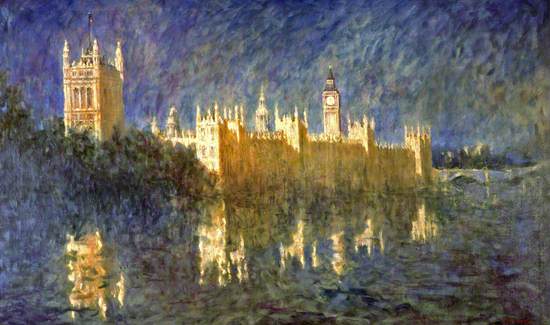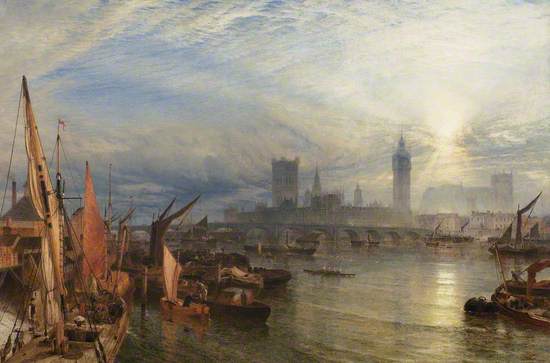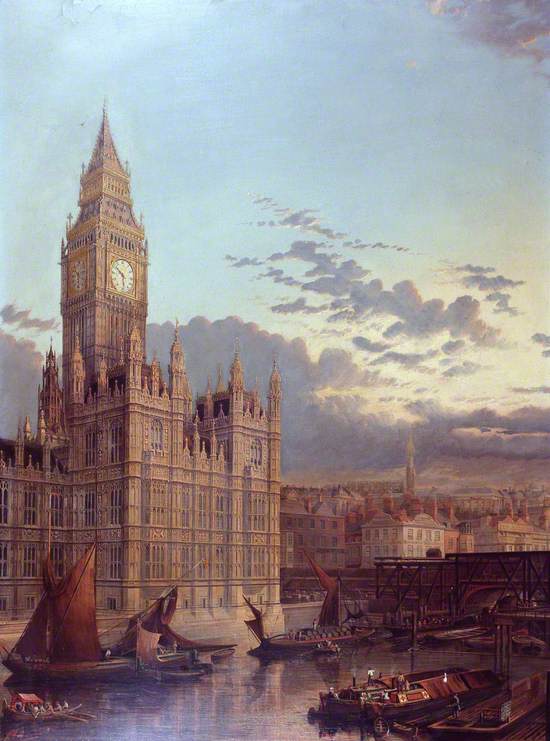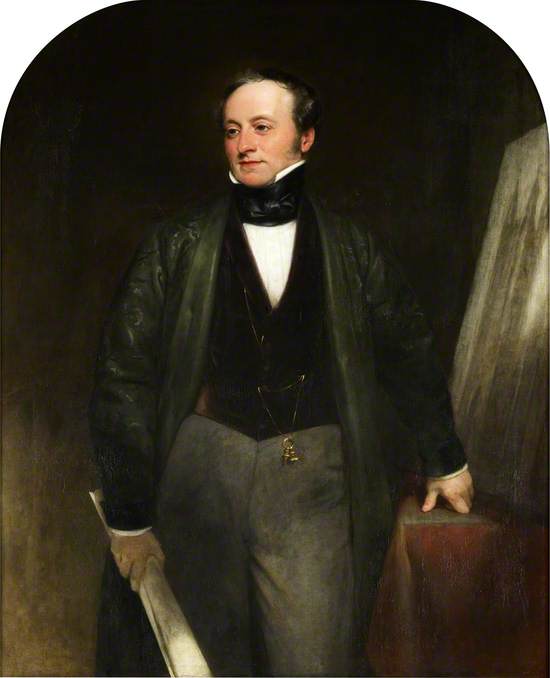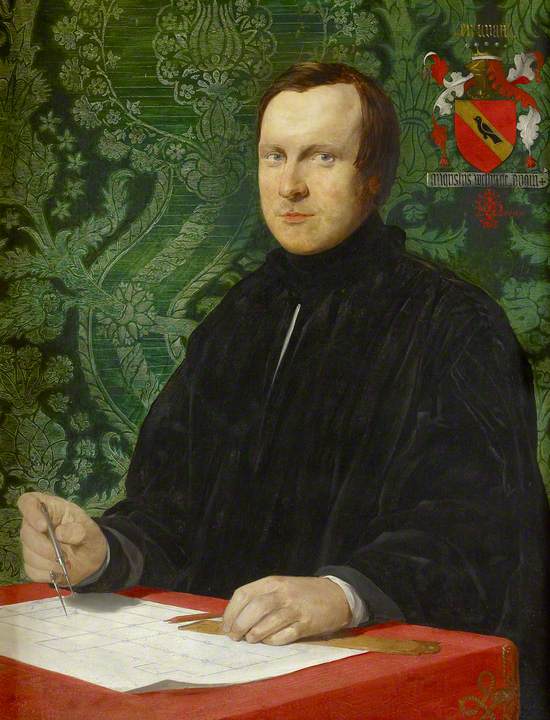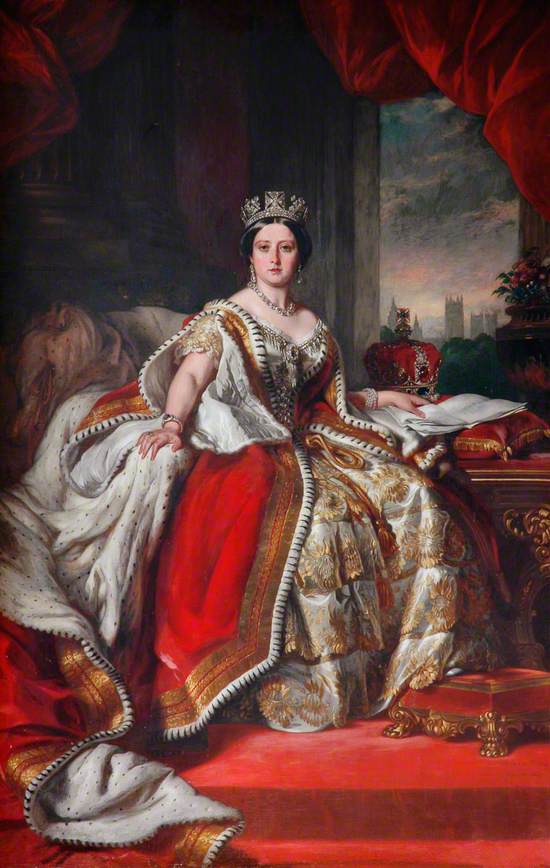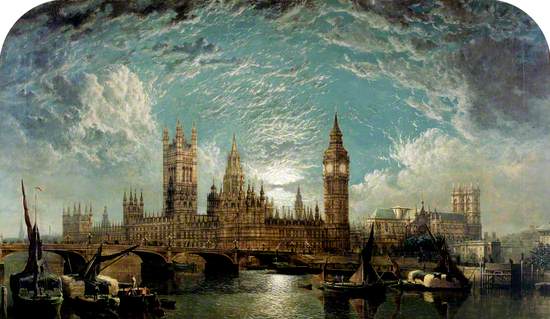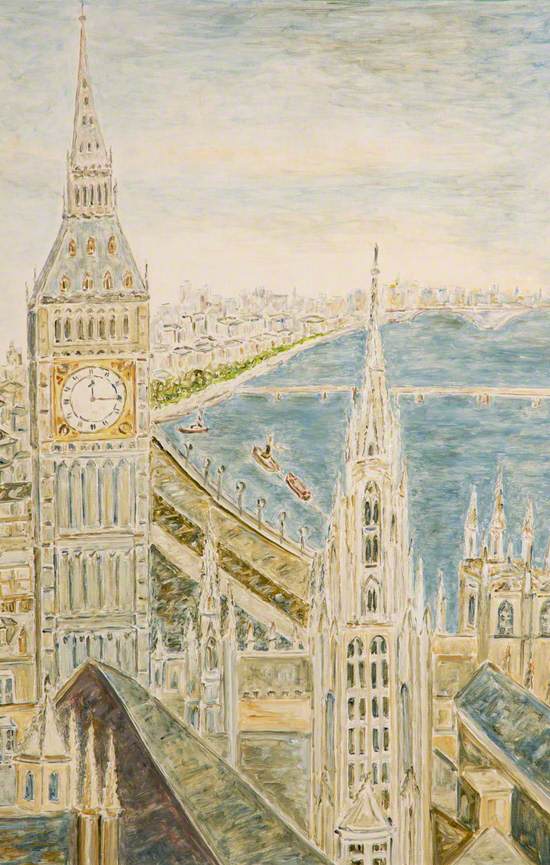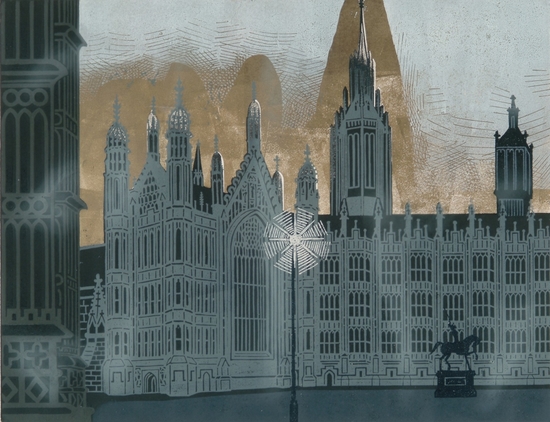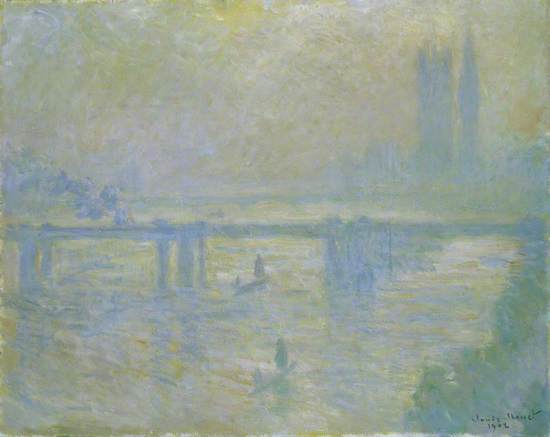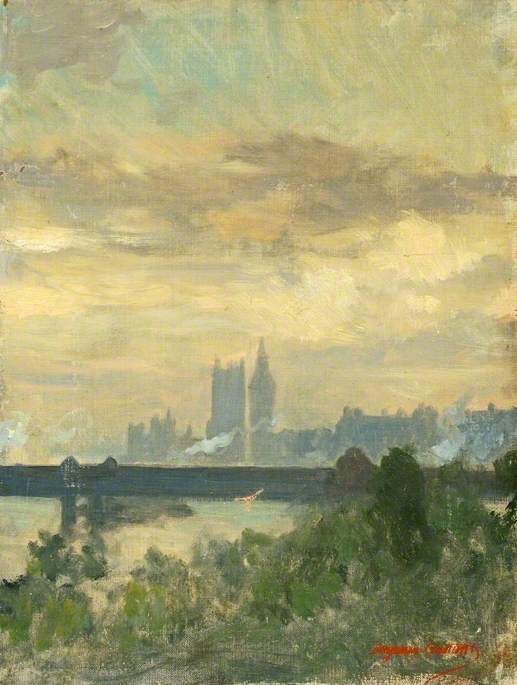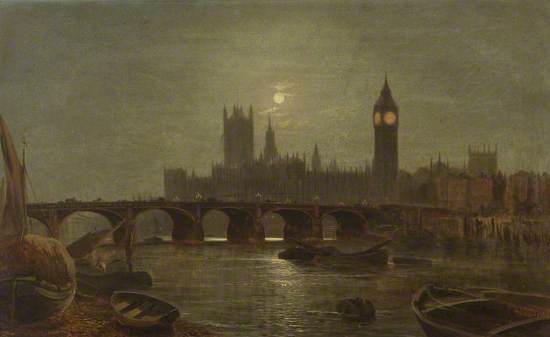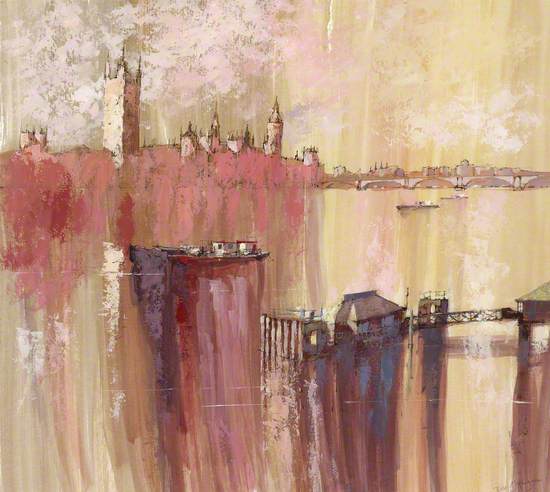To mark #Westminster150 The Speaker of the House of Commons Sir Lindsay Hoyle, Chairman of Ways and Means Dame Eleanor Laing, First Deputy Chairman Dame Rosie Winterton, and Second Deputy Chairman Nigel Evans have selected their favourite paintings of the Palace of Westminster from the Parliamentary Art Collection.
We are also celebrating the works of art around the country which depict the iconic architecture of the Houses of Parliament. Discover some of the secrets and stories of the Palace of Westminster alongside wonderful works of art, from Claude Monet in Cardiff to Edward Bawden in Essex.
Sir Lindsay Hoyle, the Speaker of the House of Commons
"There is something quite ethereal about this depiction of the Palace of Westminster that makes it my favourite.
Bathed in sunlight, its Gothic structure is familiar, but its interpretation is slightly abstract, in that it appears to float on the river, giving it a dreamy quality. It’s there, because of the reflection on the water – but it’s not there, because it lingers, ghost-like in the blueness.
The darkening of the corners of the scene create a natural vignette, in that it draws your eye to the beautiful, sand-coloured Anston limestone of Charles Barry’s building.
This painting, which is reminiscent of work by the Impressionists, captures the magic of such a unique place within which I have the privilege to work."
Michael Heseltine (b.1961)
Oil on canvas
H 90.5 x W 151 cm
Parliamentary Art Collection
.
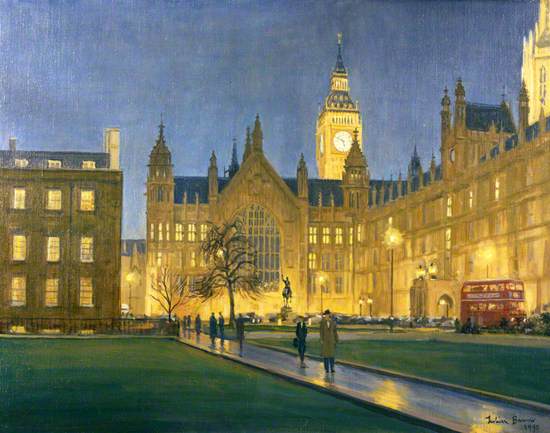
Dame Eleanor Laing, Principal Deputy Speaker and Chairman of Ways and Means
"I have walked along this path to the Palace thousands of times. Even after more than twenty years this view still fills me with anticipation and excitement. I like the way the painting depicts the enduring elements of our ever-evolving democracy: the ancient grandeur of Westminster Hall, the iconic splendour of Big Ben and the active energy of a variety of people going about their Parliamentary business. It represents so well the mixture of the past and the present, the static and the dynamic. It’s inspiring."
Julian Barrow (1939–2013)
Oil on canvas
H 34.9 x W 44.9 cm
Parliamentary Art Collection
Dame Rosie Winterton, First Deputy Chairman of Ways and Means
“I love the shimmering light in this painting of our Parliament, one of the most famous buildings in the world. The contrast with the colours of the sails on the boats is striking, as is the reminder of the working boats of the Thames 160 years ago.”
Henry Dawson (1811–1878)
Oil on canvas
H 180.4 x W 271.8 cm
Parliamentary Art Collection
Nigel Evans, Second Deputy Chairman of Ways and Means
"I love the vivid depiction of the early means of construction, mixed with the many types of trade and travel boats that traversed the busy waterways of the Thames in those days, alongside the built-up area opposite Parliament, which has since been transformed. The construction techniques are so simple but yet intricate. Both Parliament and its bridge have played a huge part in my life - I love the fact that the original idea was opposed by the corporation of London and the watermen - but determination won through. Now I use this iconic, functional yet beautiful bridge daily to cross a world-famous historic river to access my place of work - the mother of Parliaments."
John Anderson (1835–1919)
Oil on canvas
H 78.7 x W 58.4 cm
Parliamentary Art Collection
The New Palace of Westminster
When the old Palace of Westminster was destroyed by a devastating fire in 1834, the opportunity to design a new seat of democracy for the United Kingdom arose. Architect Charles Barry won the right to take on this challenge and he employed fellow architect Augustus Pugin to assist him. After many years of challenging construction, the Commissioner of Works declared the Palace complete in 1870.
There are countless treasures and stories held within the walls of the new Palace of Westminster, from the thousands of scrolls recording Acts of Parliament held in Victoria Tower, to the little square hole cut out of Big Ben in Elizabeth Tower. Here are some things you may not know about the Palace of Westminster and its history.
Sir Charles Barry RA
Charles Barry was one of 97 architects to submit a design for a new Palace of Westminster after a national competition held by the Royal Commission. Barry’s design was triumphant for the clarity of its plan, and for the strength of the drawings. The competition was anonymous, with each architect using an emblem instead of their name. Barry used the Portcullis symbol which Parliament still uses today.
Construction began in 1840 when Barry’s wife Sarah laid the first stone. The ambitious project was expected to take 6 years, but instead it took over 30 years to complete. Barry died in 1860 before seeing his project finished. His son Edward took over the work, and spent a further 10 years completing the building.
Henry William Pickersgill (1782–1875)
Oil on canvas
H 144.8 x W 111.8 cm
Parliamentary Art Collection
Augustus Welby Northmore Pugin
Pugin was a young unknown architect when Barry brought him in to work on this career-defining project. Pugin was involved from the very beginning, assisting with the drawings submitted to the competition.
Pugin was particularly dedicated to the interior of the Palace, and his decorative schemes are found throughout. He designed all kinds of elements from doorknobs to wallpaper, including the design in this portrait.
Barry and Pugin’s collaboration was so intricate that there are still discussions over which of the two architects deserves the greater credit for the Palace we know today.
Pugin also did not see the Palace complete. He was committed to Bedlam, which was an asylum for the mentally ill, and died shortly afterwards in 1852.
John Rogers Herbert (1810–1890)
Oil on canvas
H 90 x W 70 cm
Parliamentary Art Collection
Fit for a Queen
Queen Victoria was crowned in Westminster Abbey in 1838 as the nearby site of the Palace of Westminster remained largely in ruin. The new Palace, seen in the background of this portrait, would become one of the greatest buildings of the Victorian era.
The design of the Palace was heavily influenced by the occasion of the State Opening, where the monarch attends to open a new Parliamentary session. The Sovereign’s entrance and richly decorated Robing Room and Royal Gallery were designed specifically in order to facilitate this event. Pugin even designed the Soverign Throne, which sits in the Lord's chamber. In 1852 Queen Victoria was the first Monarch perform a State Opening at the new Palace, and Barry was knighted shortly afterwards.
George Dodgson Tomlinson (1809–1884)
Oil on canvas
H 244 x W 160 cm
Kirklees Museums and Galleries
.
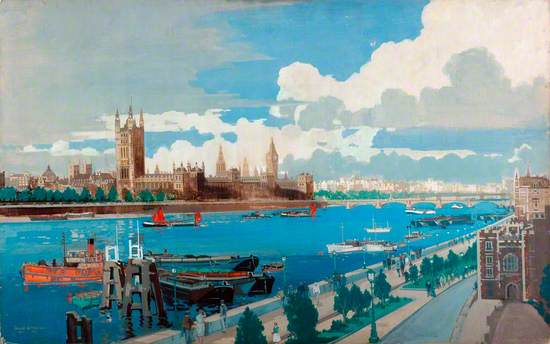
Victoria Tower
Of the three towers in the skyline of the Palace of Westminster, the largest is Victoria Tower. It was purpose built to house the records of Parliament. When it was constructed it was the largest square tower in the world. The oldest record kept here dates from 1497.
Today, the Parliamentary Archives holds over 4 million records spread over 12 floors, still within Victoria Tower. If you were to lay all the shelving used to keep these records in a straight line, it would stretch for over 13 kilometres.
The scale of Victoria Tower can be seen in this painting, which later became a poster for the Great Western Railway.
Frank Henry Mason (1875–1965)
Oil on canvas
H 77 x W 122.4 cm
National Railway Museum
Elizabeth Tower
Elizabeth Tower is recognised the world over as a symbol of democracy, and of the United Kingdom. Set against dramatic skies, it has weathered name changes, wartime damage, and the wear and tear of the elements.
Originally called the Clock Tower, it was renamed to celebrate the diamond jubilee of Queen Elizabeth II in 2012. Each clock face is 22 feet and 6 inches in diameter, with a 9ft hour hand, and a 16ft minute hand.
The tower was damaged during the Blitz of London when it was hit by a small explosive. The glazing of the south face shattered, and there was damage to the iron and stonework. Fortunately, the clock mechanism and the bells, including Big Ben, were undamaged and continued to ring out.
John Anderson (1835–1919)
Oil on canvas
H 107 x W 183 cm
Museum of London
Big Ben
Big Ben is the largest bell inside of Elizabeth Tower, producing the famous bongs known worldwide. The bell rang out for the first time in July 1859, but not long after, it cracked. It fell silent for four years with the largest quarter bell used instead.
The Astronomer Royal Sir George Airy eventually came up with a solution - turning Big Ben round 90 degrees, so the bell would be struck in a different place. The hammer used to ring the bell was replaced with a lighter one, and a small square was cut from the bell to stop the existing crack from spreading any further.
The quarter bells, which would be ringing in this painting, strike the notes G sharp, F sharp, E and B.
Giacomo Barbarino (b.1934)
Oil on wood
H 68 x W 48 cm
Chester Town Hall
Central Tower
The third tower of the Palace of Westminster is the Central Tower. The tall spire in the middle of the Palace looks like an architectural feature, but it was designed to provide ventilation to the Palace by acting as a vast chimney. Dr David Boswell Reid, a Scottish chemistry teacher, was employed to work with Barry on the problem of providing fresh air to the building. The tower sits directly above Central Lobby, where corridors from the House of Commons, the House of Lords, and Westminster Hall meet.
This unusual view of the Palace of Westminster focuses on the central section, including the statue of Richard Coeur de Lion by Carlo Marochetti.
Edward Bawden (1903–1989)
Linocut on wove paper
H 53.5 x W 69 cm
Harlow Art Trust
Revolutionary Techniques
The three towers of the Palace of Westminster used revolutionary techniques to construct them. The Central tower was the first to be built, and contains the largest known octagonal Gothic vault without a central pillar.
The scaffold used to build the Victoria Tower was powered by a steam engine which allowed the masons to make 10 lifts an hour, with each lift weighing up to 4 tons.
Meanwhile, Elizabeth Tower was built from the inside out, meaning there was no visible scaffolding at all – it appeared to go up as if by magic.
Claude Monet (1840–1926)
Oil on canvas
H 65.4 x W 81.3 cm
Amgueddfa Cymru – National Museum Wales
Red and Green
The new Palace was purpose built for use as the Houses of Parliament, unlike the old jumbled estate of buildings which was originally built as a royal residence.
Barry designed a spine through the middle of the Palace, placing the House of Commons, the House of Lords, and the Sovereign Throne in a straight line parallel to the River Thames. Today, to determine which end of Parliament is which, you can look at the bridges over the river Thames. Westminster Bridge is painted green as it is at the Commons end of the estate, while Lambeth Bridge is painted red for the House of Lords.
This view captures the instantly recognisable silhouette of Parliament and the Charing Cross Bridge, a similar view to Monet's ethereal painting above.
Jean Joseph Benjamin Constant (1845–1902)
Oil on canvas
H 40.7 x W 30.5 cm
Russell-Cotes Art Gallery & Museum
The Blitz
Despite the lights illuminating the clock faces of Elizabeth Tower going dark throughout the Blitz, the Palace was struck by explosives 14 times over the course of the World War Two. The most notable damage occurred on the final night of the Blitz, where the chamber of the House of Commons was completely destroyed.
The chamber was rebuilt by Sir Giles Gilbert Scott, who is also famous for designing the red telephone box. Today you can still see evidence of the damage caused that night on the large stone archway which leads from Central Lobby into the chamber. Churchill, who was Prime Minister at the time, ordered that the archway be left without restoration to serve as a reminder of the conflict.
James Francis Danby (1816–1875)
Oil on canvas
H 44.4 x W 74.9 cm
Paintings Collection
A Secret Passageway
A 360 year old passageway was rediscovered in Parliament just this year. A tiny keyhole was found in some wooden panelling, which when opened, revealed a hidden door. The passage had been sealed up when the new Palace of Westminster was being built, most likely when Barry was integrating Westminster Hall, which had survived the fire, into the new building. We know this because the masons left some graffiti inside, which can still be read today.
"These masons were employed refacing these groines... August 11th 1851 Real Democrats.” This suggests the men were Chartists, which was a working-class movement for voting reform. The graffiti also said, "This room was enclosed by Tom Porter who was very fond of Ould Ale".
Alfred Augustus Glendening (1840–1921)
Oil on canvas
H 48 x W 79 cm
Eden District Council
The Parliamentary Art Collection
The architecture of the Palace of Westminster is also the backdrop for an incredible collection of works of fine art. When Barry and Pugin were busy designing the architecture of the Palace and the decorative schemes within, the Fine Art Committee was established to oversee the commissioning and acquisition of works of art for display throughout the estate. The chair of this committee was Prince Albert, Queen Victoria's husband.
Today the Parliamentary Art Collection holds 9,000 works of art across a wide variety of media. These works of art help us to tell the story of the Palace, Parliament, and the people who have worked within it.
Terry McKivragan (1929–2013)
Acrylic on canvas
H 65.6 x W 73.3 cm
Parliamentary Art Collection
Explore artists in this Curation
View all 15-
 Terry McKivragan (1929–2013)
Terry McKivragan (1929–2013) -
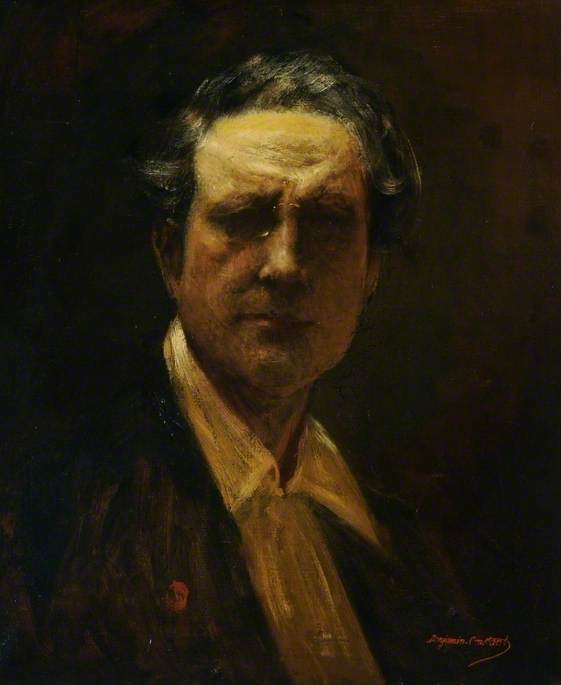 Jean Joseph Benjamin Constant (1845–1902)
Jean Joseph Benjamin Constant (1845–1902) -
 Michael Heseltine (b.1961)
Michael Heseltine (b.1961) -
 John Anderson (1835–1919)
John Anderson (1835–1919) -
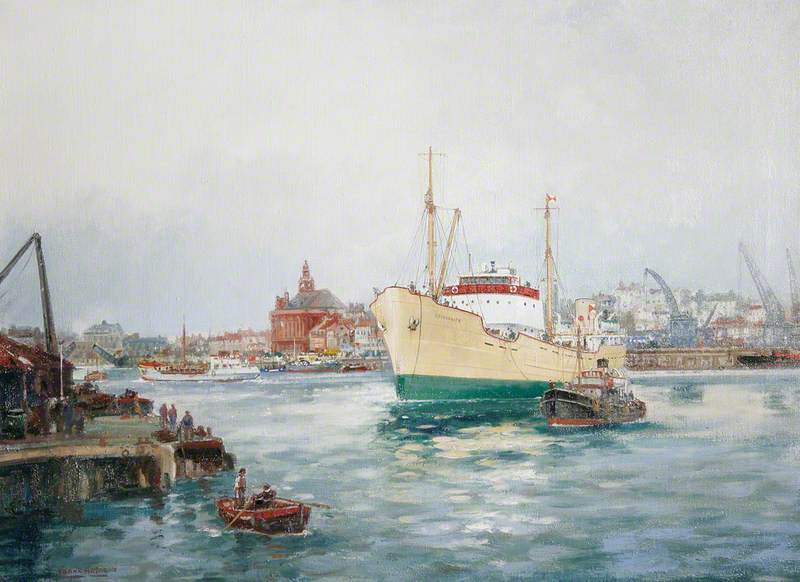 Frank Henry Mason (1875–1965)
Frank Henry Mason (1875–1965) -
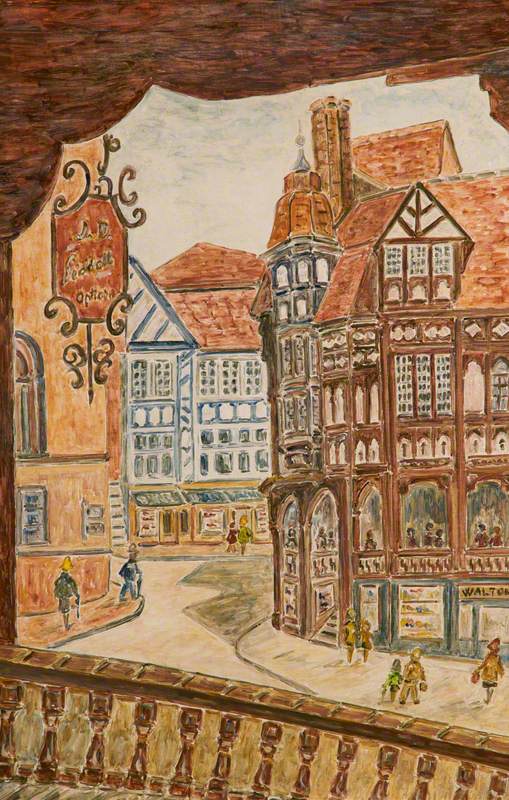 Giacomo Barbarino (b.1934)
Giacomo Barbarino (b.1934) -
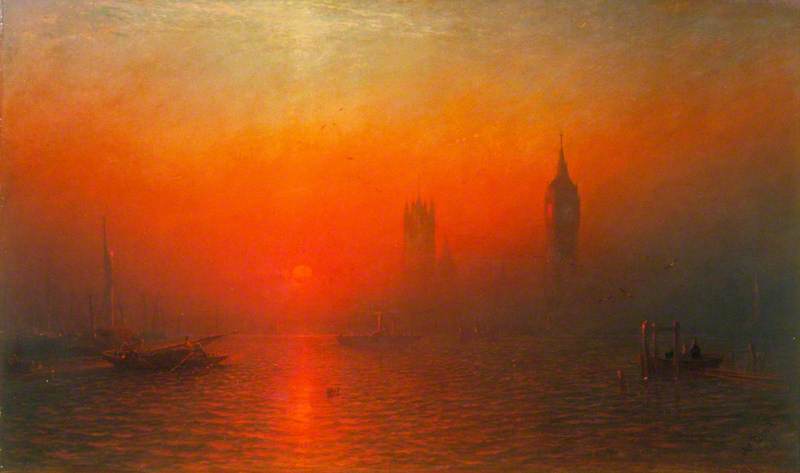 James Francis Danby (1816–1875)
James Francis Danby (1816–1875) -
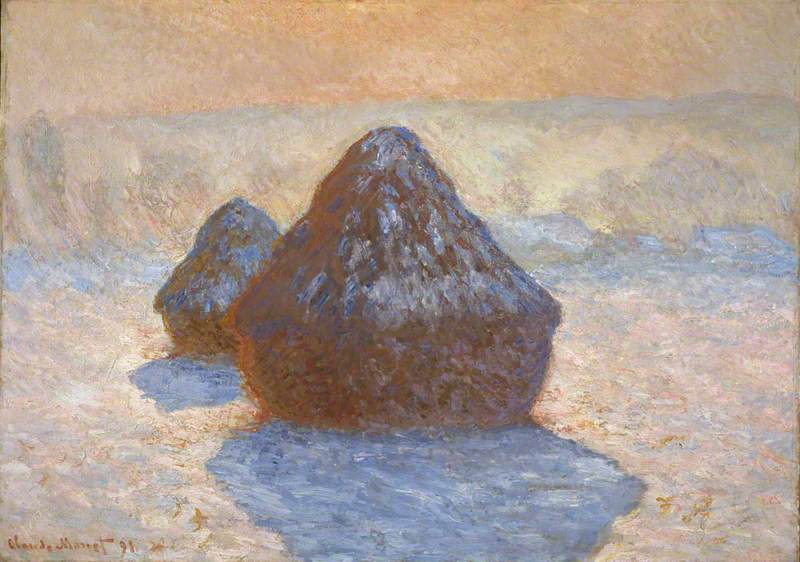 Claude Monet (1840–1926)
Claude Monet (1840–1926) -
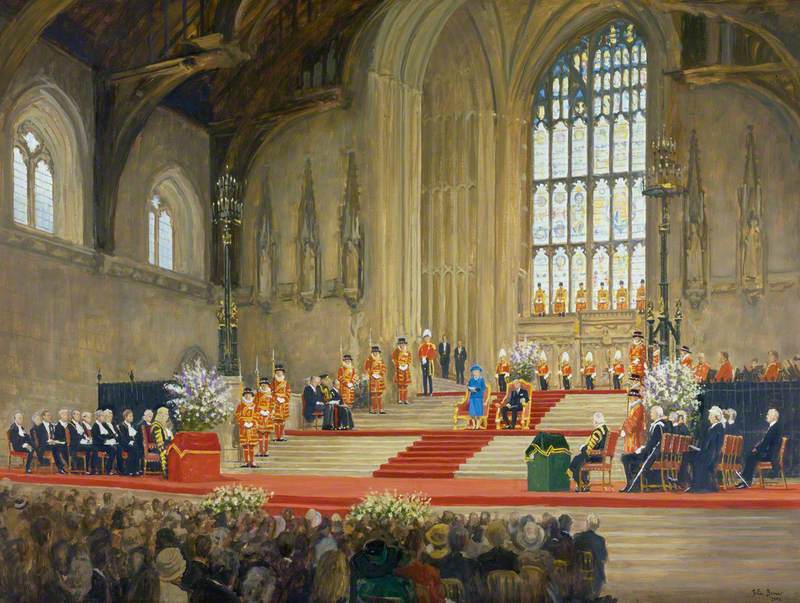 Julian Barrow (1939–2013)
Julian Barrow (1939–2013) -
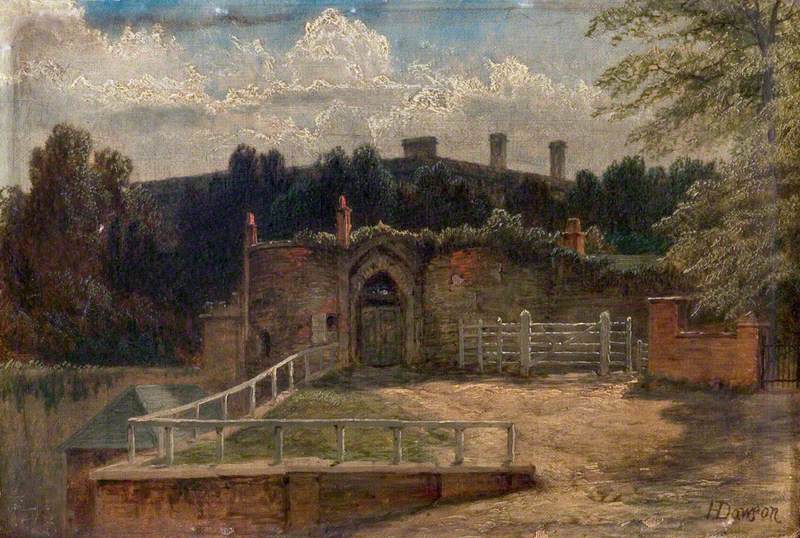 Henry Dawson (1811–1878)
Henry Dawson (1811–1878) - View all 15
